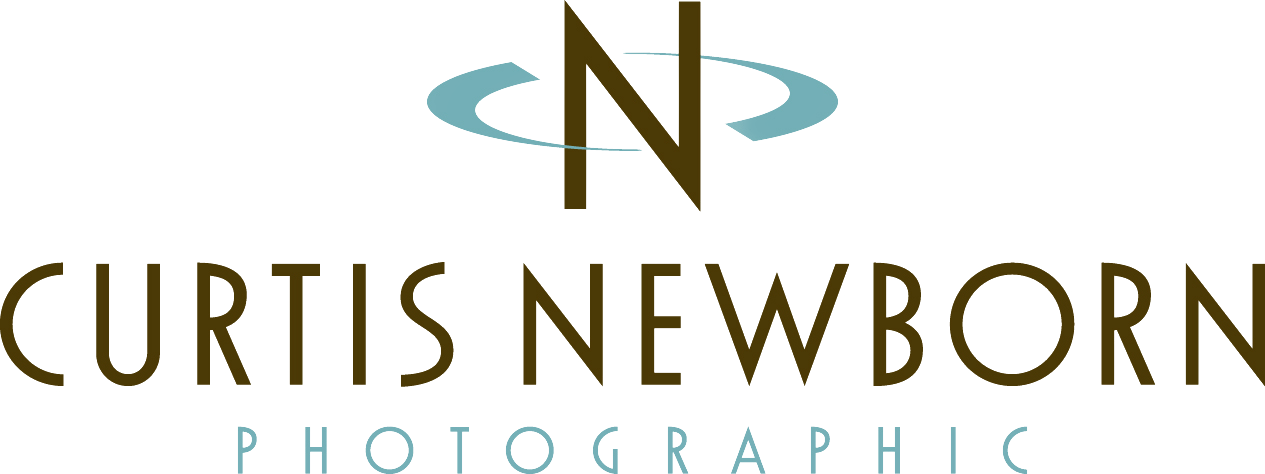Travel Photography: 5 Essential Shots for Every Destination
When you travel, it’s easy to go photo-crazy and take hundreds (let’s be honest, thousands) of shots to make sure you capture your trip in its entirety. However, if you’re strapped for time or forget to pack extra memory cards, there are six shots you must take to document any adventure:
1. The Essence Shot
I could go on and on about the essence shot, but here it is in a nutshell: This is the photograph that captures the core, the feeling, or the rhythm of life of the place you’re visiting. It can be of anything, but it should move your audience and transport them to wherever you are. For example, an essence shot might capture daily life in the Hutongs, the poorest neighborhoods in Beijing.
2. The Big-Picture Shot
The big-picture shot shows your destination and leaves no doubt to exactly where you are. This easily-identifiable shot may be of the New York skyline, the blue Caribbean Sea, or the Roman Colosseum. At a glance, your viewer will know immediately what place they’re looking at.
3. The Tourist Attraction Shot
As professional photographers, we seem to try to avoid the typical tourist attraction shot. It’s important to take in the landmarks of any given place, but that doesn’t mean your shot has to be run-of-the-mill. Try taking your photo from a different perspective, waiting for a unique lighting situation, or including local people in it. A picture of the Eiffel Tower is much more interesting when distorted with a fisheye lens, or when captured as a long exposure.
4. The Local Shot
This shot is a micro-capture of something unique about a place that you won’t see in a tourism book or brochure. It could be the cobblestones outside of your hotel room in Italy or the bunting on an Alabama plantation on Memorial Day weekend. It should be something simple that reminds you of a specific memory from your travels.
5. The Food Shot
Okay, I know the typical Instagram-worthy food shot is something pro photographers shy away from, but it’s important to capture the local flavor of a place when you’re traveling. Meals are a big part of the culture of any place you’re visiting, and having a photograph of your favorite meals will help you remember more fully what you experienced on your trip.
Watch for the 3rd & final part in this series on Wednesday, June 22nd.





